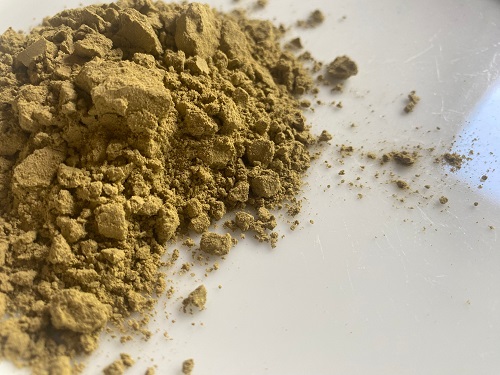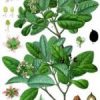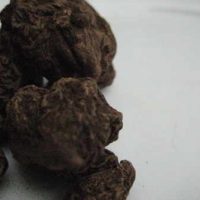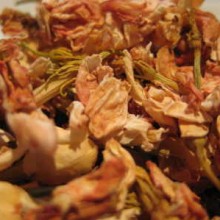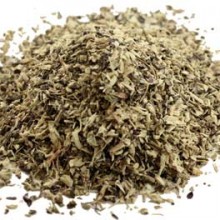Boldo Leaf Powder (Peumus boldus Molina) is an evergreen native to Argentina, Bolivia, Chile, Ecuador, and Peru and also known by the names, Boldea fragrans, Boldine, Boldoak, Boldea, Boldo Folium, Boldus, Boldus Boldus, Peumus fragrans
Constituents:-
They contains Alkaloids (boldine) and flavonoids, as well as ascaridole, camphor, cineole, linalool, limonene, b-pinene, rhamnetin, isorhamnetin, kaempferol, resin, and tannins
Uses for Boldo Leaf Powder:-
For culinary purposes the leaves of Boldo are used very much like we use Bay Leaves in the West, to add flavour to a dish but usually discaded at the end of cooking and before serving the dish .
Boldo is sometimes mixed with the famous South American herbal mix Yerba Maté as it modifies its rather strong flavour somewhat.
Boldo leaves are used to treat some bladder and urinary tract infections, gallbladder discomfort, gallstones, heartburn, and mild stomach cramps. The herb works by encouraging the release of bile, dissolving fats, but also by increasing intestinal transit time, that is, giving the digestive tract more time to digest food. The ascaridole attacks intestinal worms. It is a nervine, or mild sedative.
History of Boldo Leaf Powder:-
Archaeologists who were excavating in the Monte Verde region of southern Chile have found boldo in combination with another 22 other herbs wrapped in a seaweed basket estimated to be 12,500 years old. The scientists believe that herbal combination was used for pain relief in the severely injured or those needing surgery.
The invading Spanish conquistadors observed the Incan natives using boldo leaves as a spice and as a digestive to ease the digestion after over indulgence of large meals. The Incas also used the herb to treat problems of the bladder and prostate. In the 1870’s boldo was introduced to doctors in the US and UK as a treatment for bladder, liver, and stomach discomforts.

